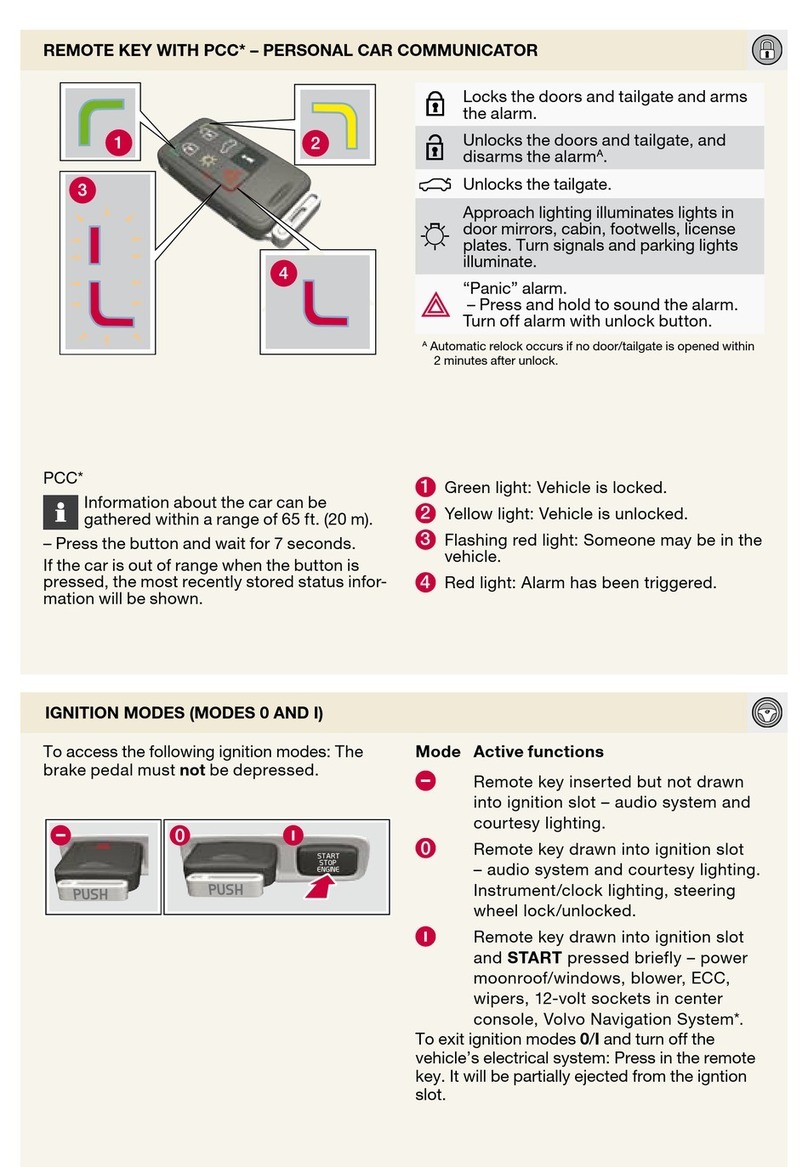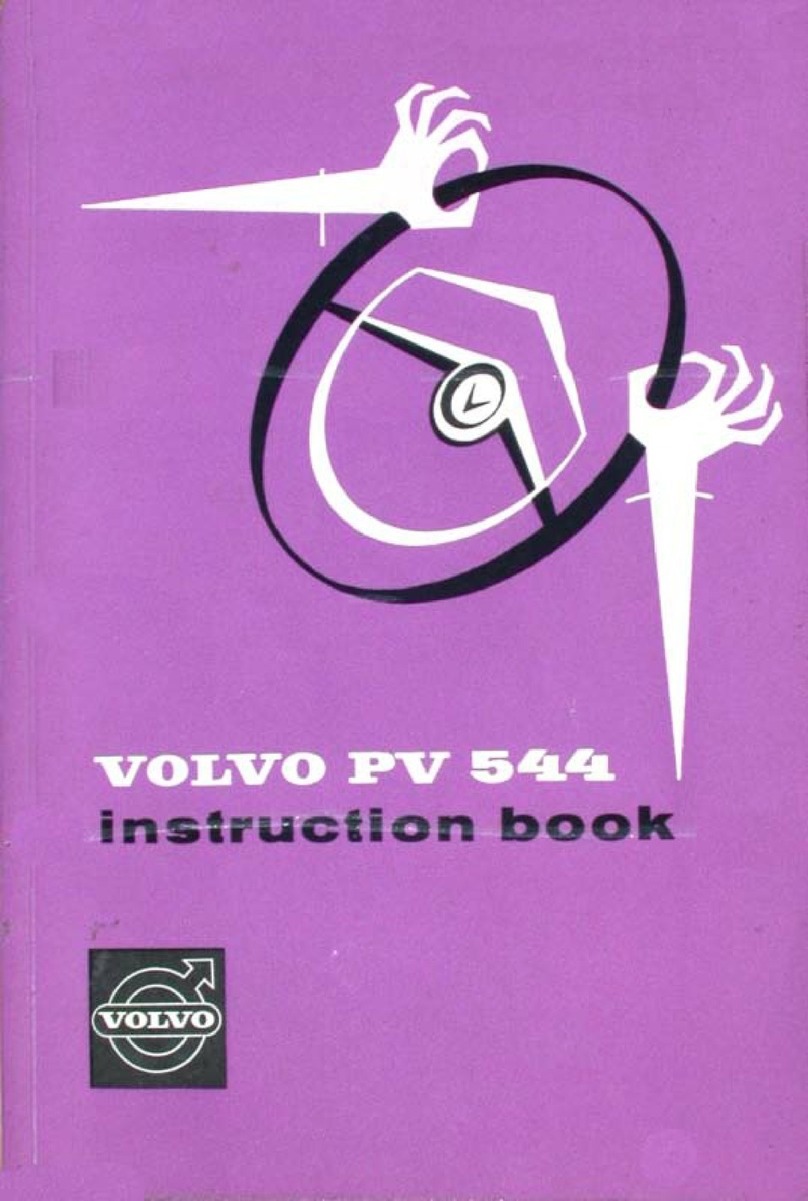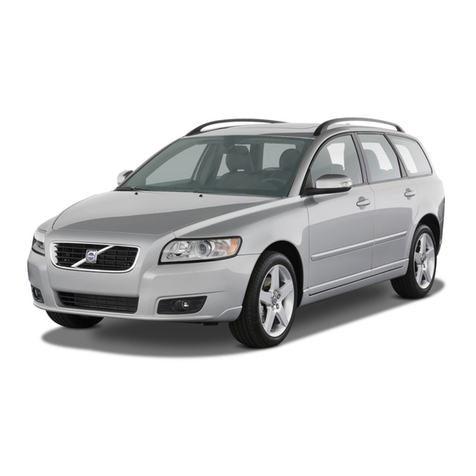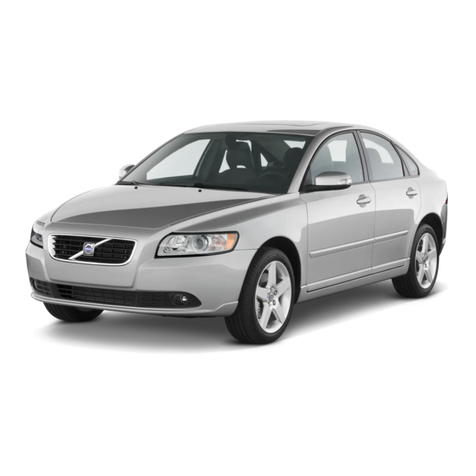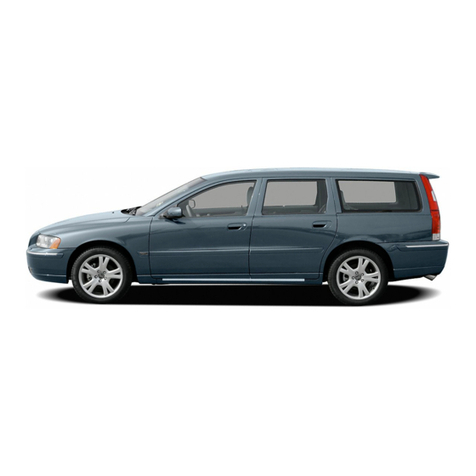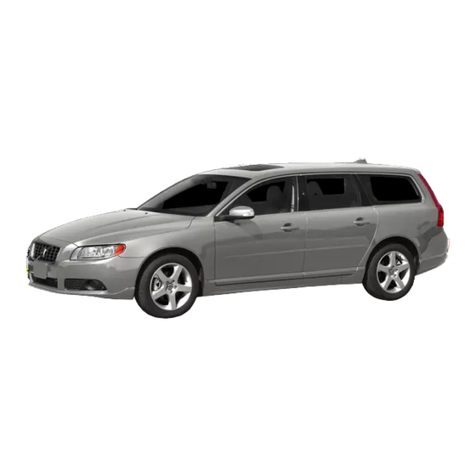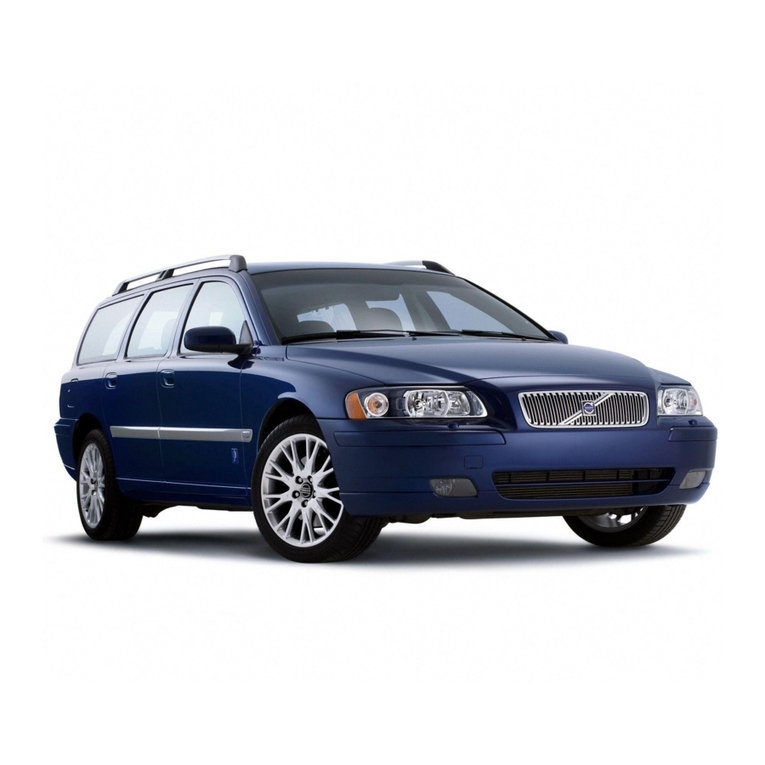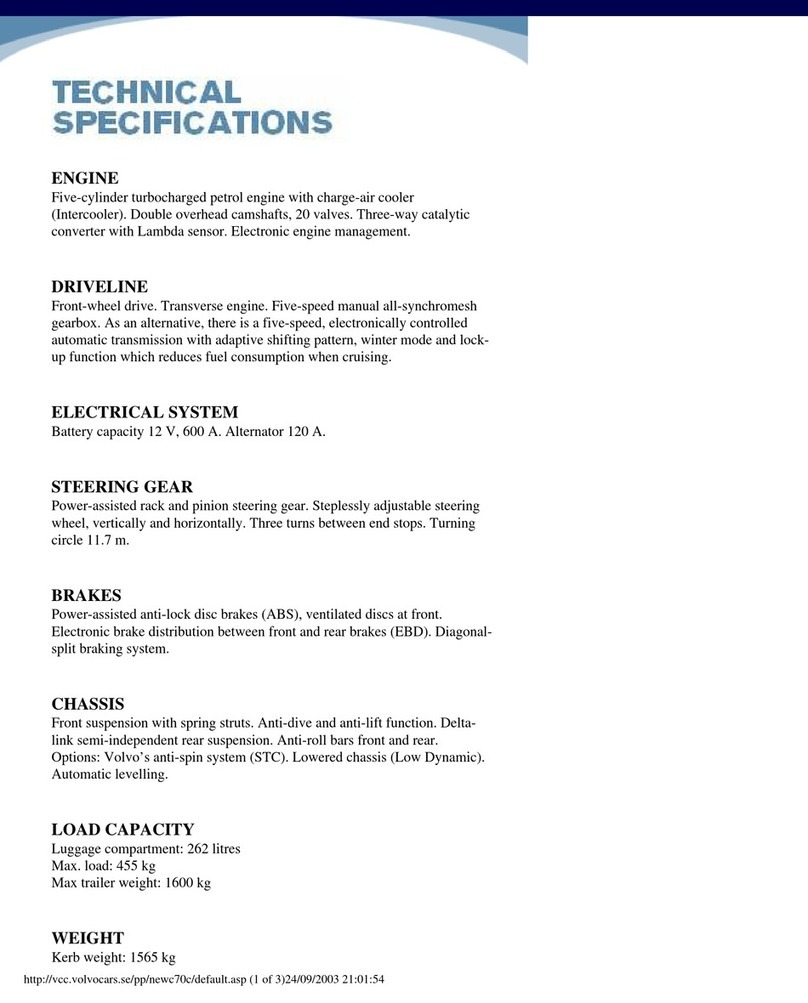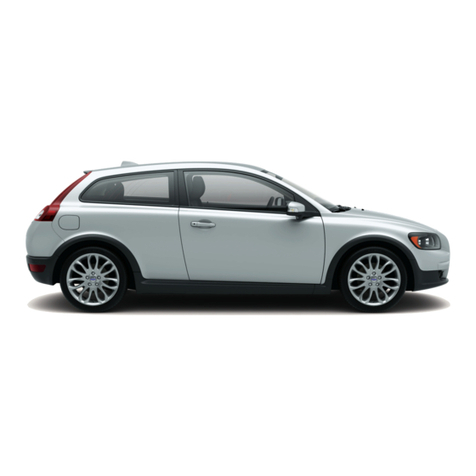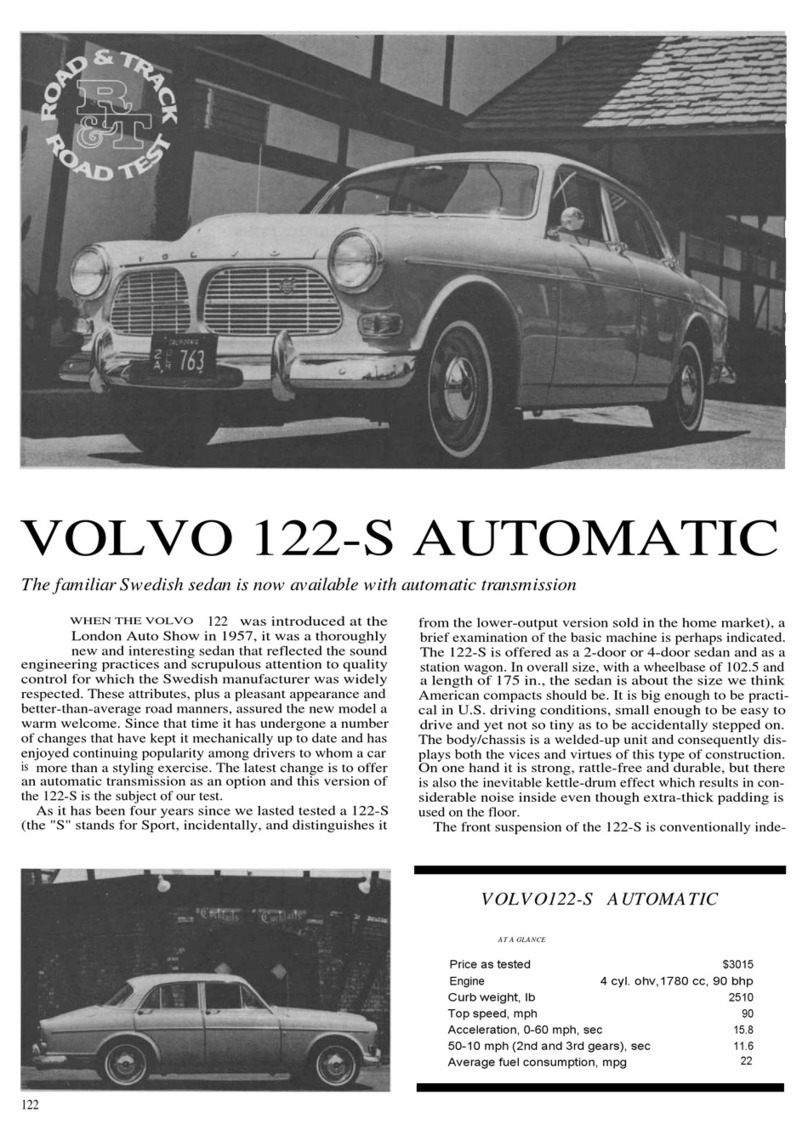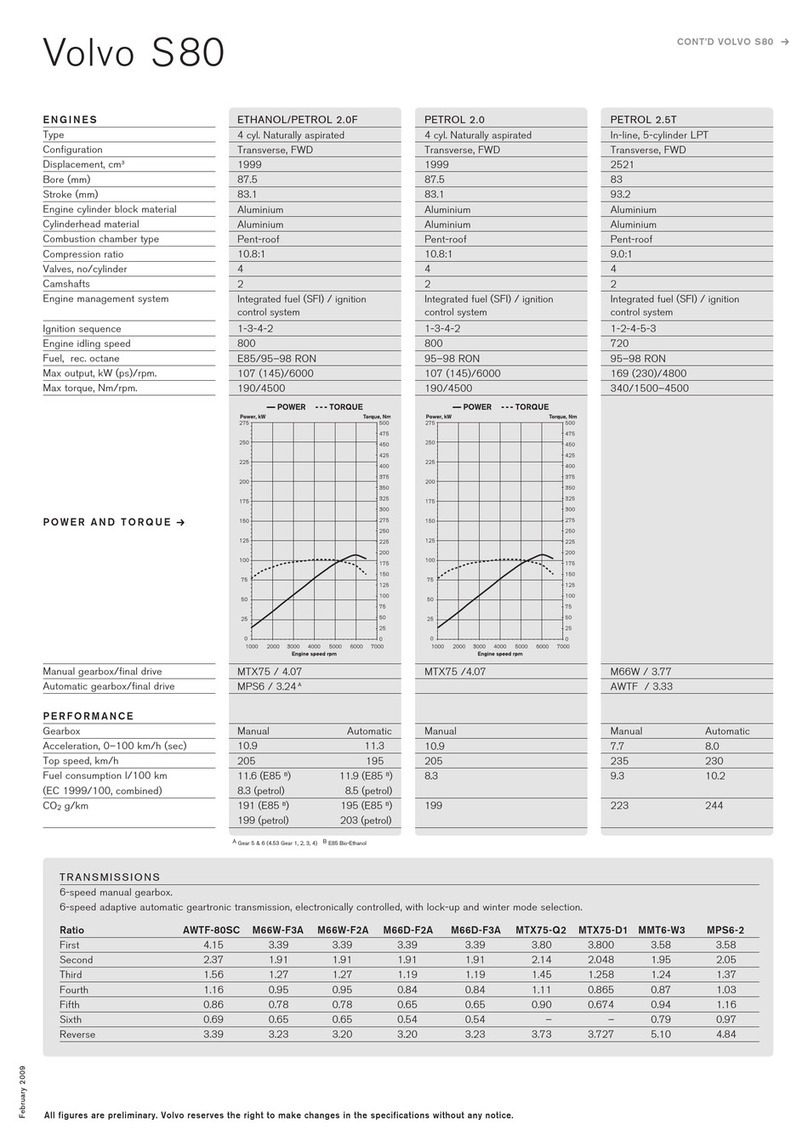Have you heard about
the new hot spot?
Because you love music, we created some of the car world’s
most formidable audio systems, each designed to harmonise
with the acoustics of the interior. Like the Dynaudio Premium
Sound system. With up to 910 W of uncluttered music via a
digital class D amplifier, twelve high-end loudspeakers by the
Danish sound specialists Dynaudio and an optional subwoofer,
this is the ultimate in true-to-life sound. Dolby®Pro Logic®II
Surround Sound ensures an equally authentic sensory sensation
in all seats. And of course, connecting your iPod®is not a
problem. So who will you put on the guest list?
Dolby, Pro Logic, and the double-D symbol are registered trademarks
of Dolby Laboratories.
iPod is a trademark of Apple Computer, Inc.
Dynaudio loudspeakers
The twelve high-end loudspeakers by the Danish sound specialist Dynaudio in the Premium Sound audio system are powered
by a 5x130 W digital amplifier. There are three separate drivers, woofer, midrange and tweeter, in each front door. In the rear
doors there is a similar set-up with a woofer and tweeter and there’s an available 260-watt subwoofer you can feel. Each
speaker has its own crossover filter to harmonise with the others. Thelatest generation Dolby®Pro Logic®II Surround Sound
uses the centre loudspeakers (woofer and tweeter) and a sound processor to recreate authentic sound with a strong sense of
presence for everyone in the car. The digital class D amplifier features new technology to provide extremely high efficiency,
enabling it to generate the most audio power from the least amount of current.
Performance audio system
A console-integrated radio and CD
player. It sounds good, looks good
and it’s easy to use. Performance
equipment includes:
• RDS radio
• CD player
• Aux Input in front centre armrest
• 4x20 W amplifier
• 6 loudspeakers
• Steering wheel remote audio
controls
Accessories: USB and iPod®
Music Interface.
High Performance audio system
This is a powerfully versatile system.
Each loudspeaker is fitted with a more
powerful magnet and a larger coil. In
combination with the amplifier, this
system promotes excellent transient
reproduction and high power, quite
simply superb sound. This High
Performance audio system includes:
• RDS radio
• MP3 and WMA compatible CD player
• USB and Aux Input and USB port in
front centre armrest
• 4x40 W amplifier
• 8 High Performance loudspeakers
• Steering wheel remote audio controls
Options: integrated 6 x CD player,
rear seat audio console, DAB (Digital
Audio Broadcasting) Radio and
260 W subwoofer
Accessories: USB and iPod®
Music Interface.
Dynaudio Premium Sound
This is our top-of-the line audio
system designed for dynamic clarity
with the entire sound spectrum. This
system features twelve loudspeakers by
Dynaudio, a world leader in loudspeaker
technology. In addition, Dolby®Pro
Logic®II Surround Sound helps tailor a
well-balanced audio experience for each
occupant. Dynaudio Premium Sound
includes:
• RDS radio
• MP3 and WMA compatible CD player
• USB and Aux Input and USB port in
front centre armrest
• 5x130 W digital class D amplifier
• Dolby®Pro Logic®II Surround Sound
with centre loudspeaker and digital
sound processor
• 12 high-end loudspeakers by Dynaudio
• Steering wheel remote audio controls
Options: an integrated 6 x CD player,
a rear seat audio console,
DAB (Digital Audio Broadcasting)
Radio and 260 W subwoofer
Accessories: USB and iPod®
Music Interface.
Dolby, Pro Logic, and the double-D symbol are
registered trademarks of Dolby Laboratories.
14 15

